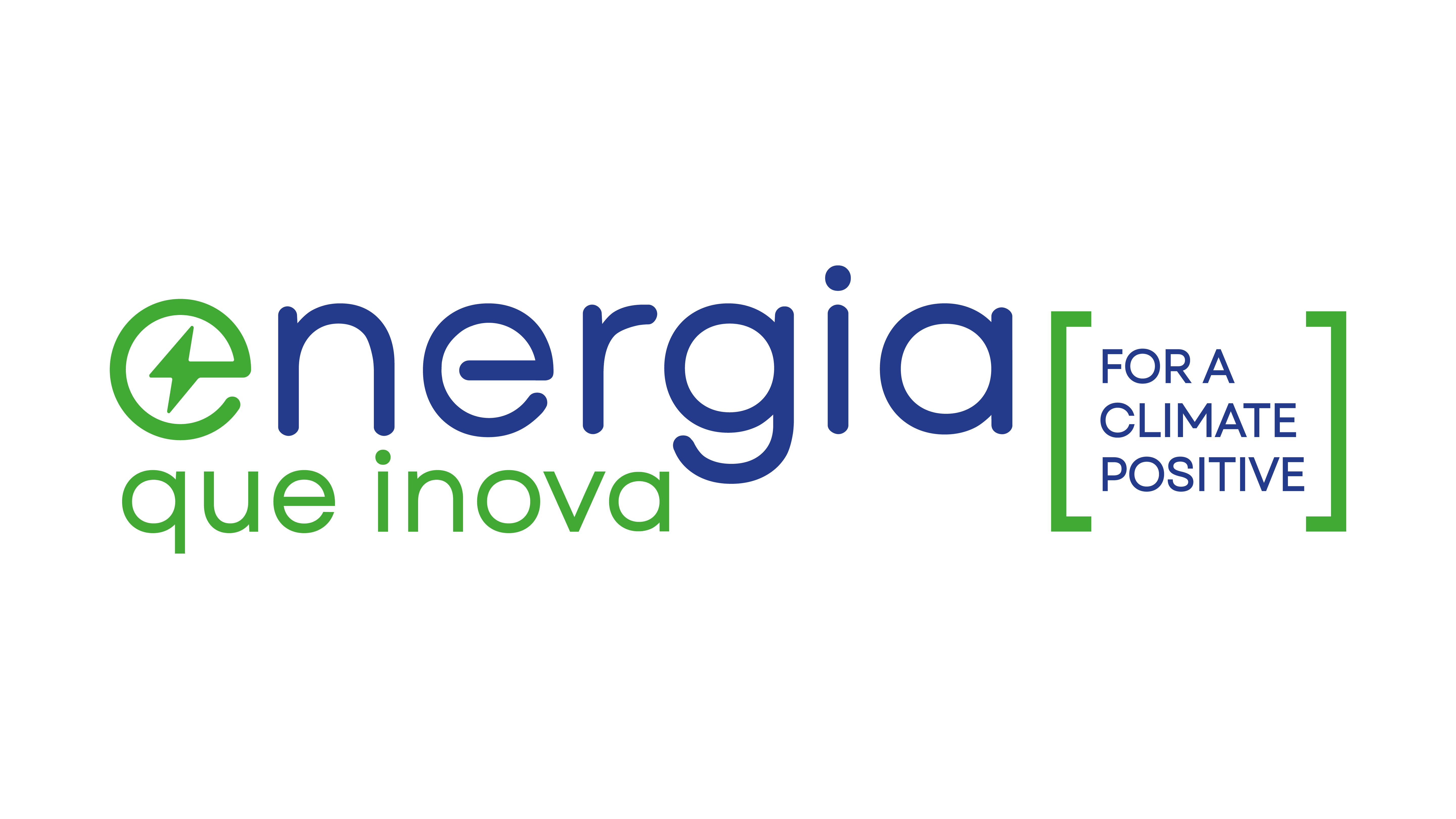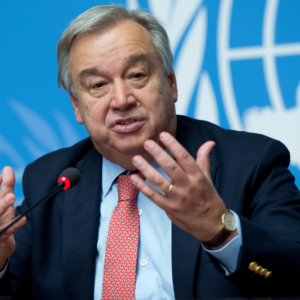According to the most recent data released by the National Electric Energy Agency (ANEEL), installed energy capacity in Brazil increased significantly in the first four months of this year, reaching a total of 3,343.1 megawatts (MW). Of this increase, around 49.15% comes from wind farms, contributing 1,643 MW, while solar photovoltaic plants represented 37.19% of this increase, totaling 1,243.4 MW. These numbers reflect the growing role of wind and solar energy in the Brazilian energy mix, highlighting their fundamental role in expanding the country's energy capacity and diversifying the electrical matrix, driving the transition to cleaner and more renewable sources.
According to the analysis carried out by Aneel, the month of April recorded significant growth in the Brazilian electricity matrix, with an increase of 593.0 MW in installed capacity. This increase was driven by the entry into operation of 26 new plants, distributed across different energy sources. Among them, 11 wind plants stand out, responsible for 153.5 MW, and eight solar photovoltaic plants, with a total of 324.0 MW. In addition, five thermoelectric plants were added to the system, totaling 85.2 MW, a small hydroelectric plant with a capacity of 22.3 MW and a hydroelectric generating plant of 8 MW. Minas Gerais stood out as the state with the greatest expansion in April, contributing 231.0 MW to the growth of the country's energy capacity. These data reinforce the continuous diversification of the Brazilian electrical matrix, with the incorporation of different energy sources and a greater participation of renewable energies, promoting sustainability and security of energy supply.
The energy matrix refers to the composition of energy sources used by a country or region to meet its energy demands. It is a concept that describes the diversity and proportion of different energy sources, such as oil, natural gas, coal, nuclear energy, hydroelectric, wind, solar, among others. The choice and balance of energy sources in the energy matrix have significant impacts on both economic development and environmental sustainability. Analysis of a country's energy matrix provides insights into its dependence on specific sources, its ability to diversify and its stance towards the transition to cleaner and more renewable sources. It is a fundamental indicator for understanding a nation's energy infrastructure and its supply and sustainability strategy.
Based on data obtained from ANEEL's Generation Information System (SIGA), a notable growth in the installed capacity of the Brazilian energy sector was observed. In the month of May, the country reached the mark of 191,702.7 MW of inspected power, which represents approximately 83.55% of the national electrical matrix. It is worth noting that the vast majority of this capacity comes from renewable energy sources, reinforcing Brazil's commitment to sustainability and the transition to a cleaner and more environmentally conscious energy matrix. These numbers highlight the importance and role of renewable sources, such as wind, solar, biomass and water, in the composition of the Brazilian energy matrix, contributing to the reduction of greenhouse gas emissions and the preservation of natural resources.













